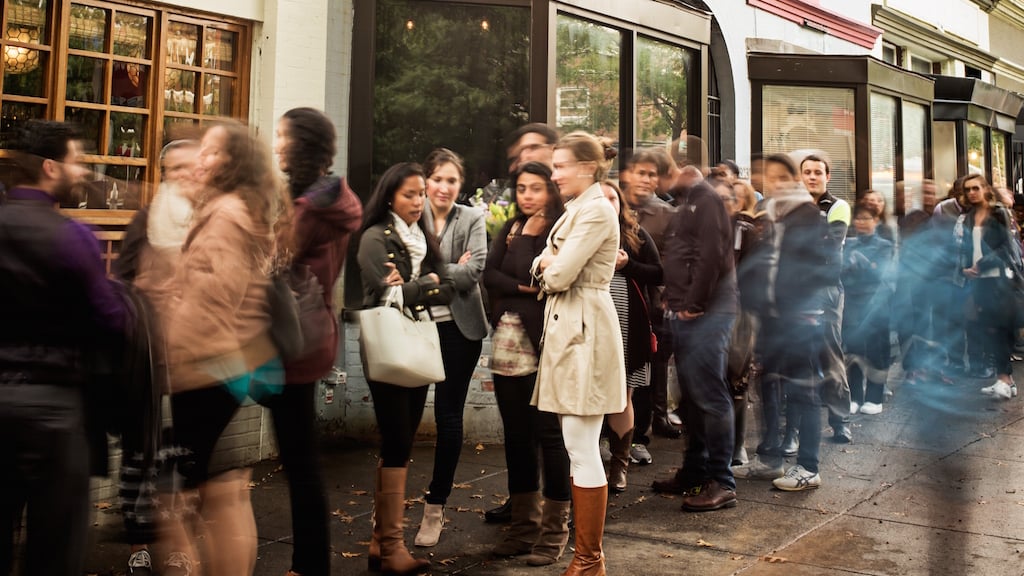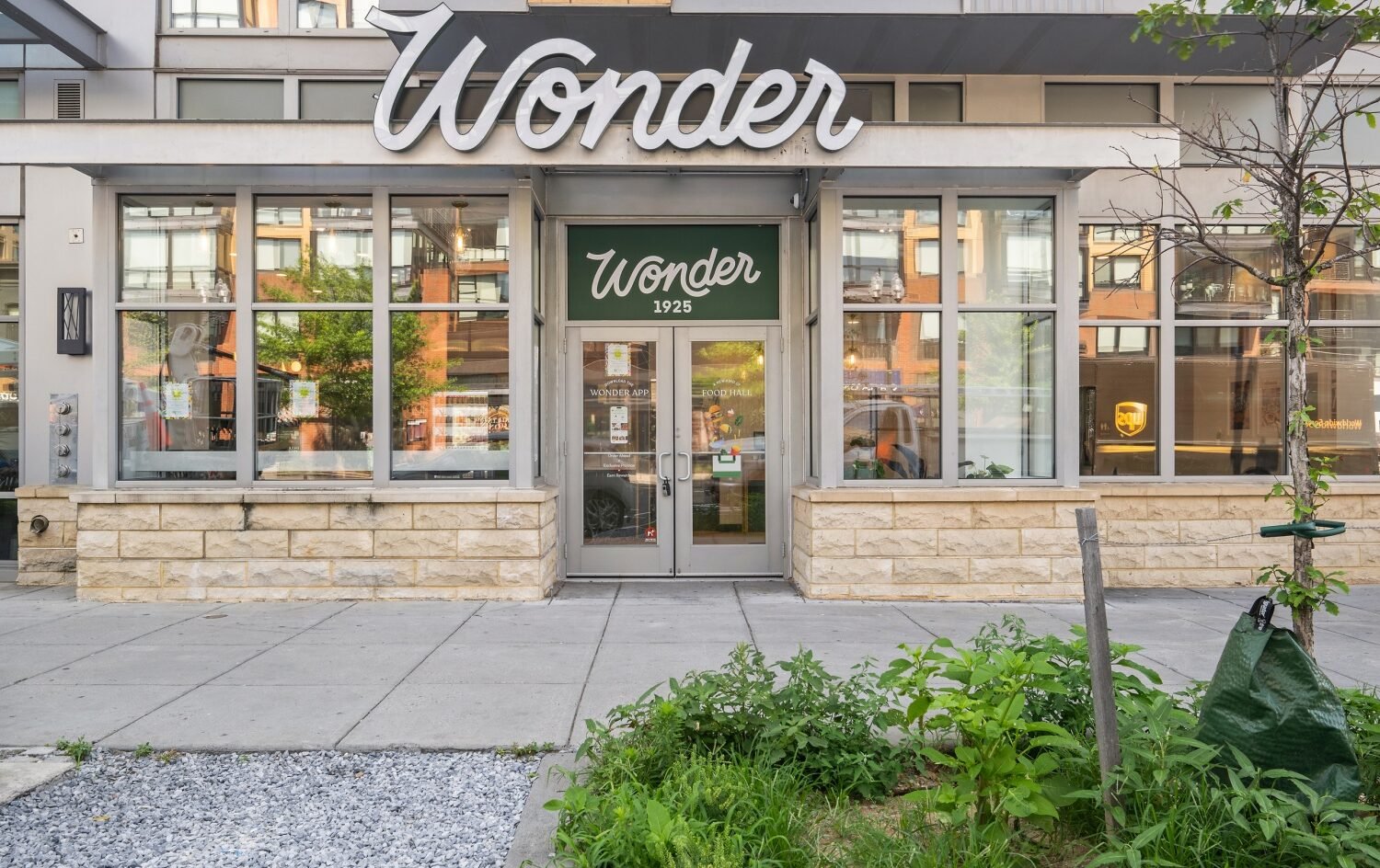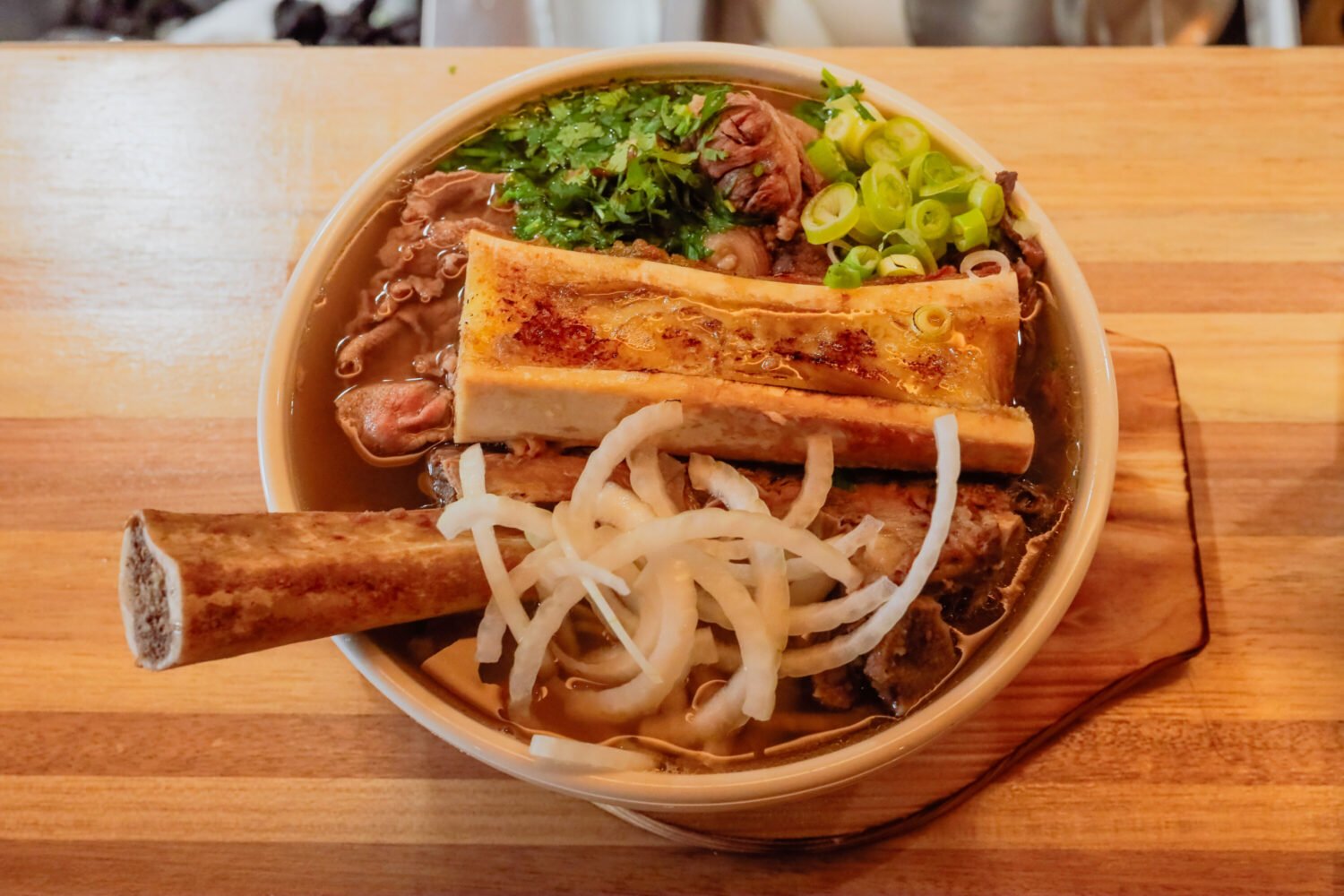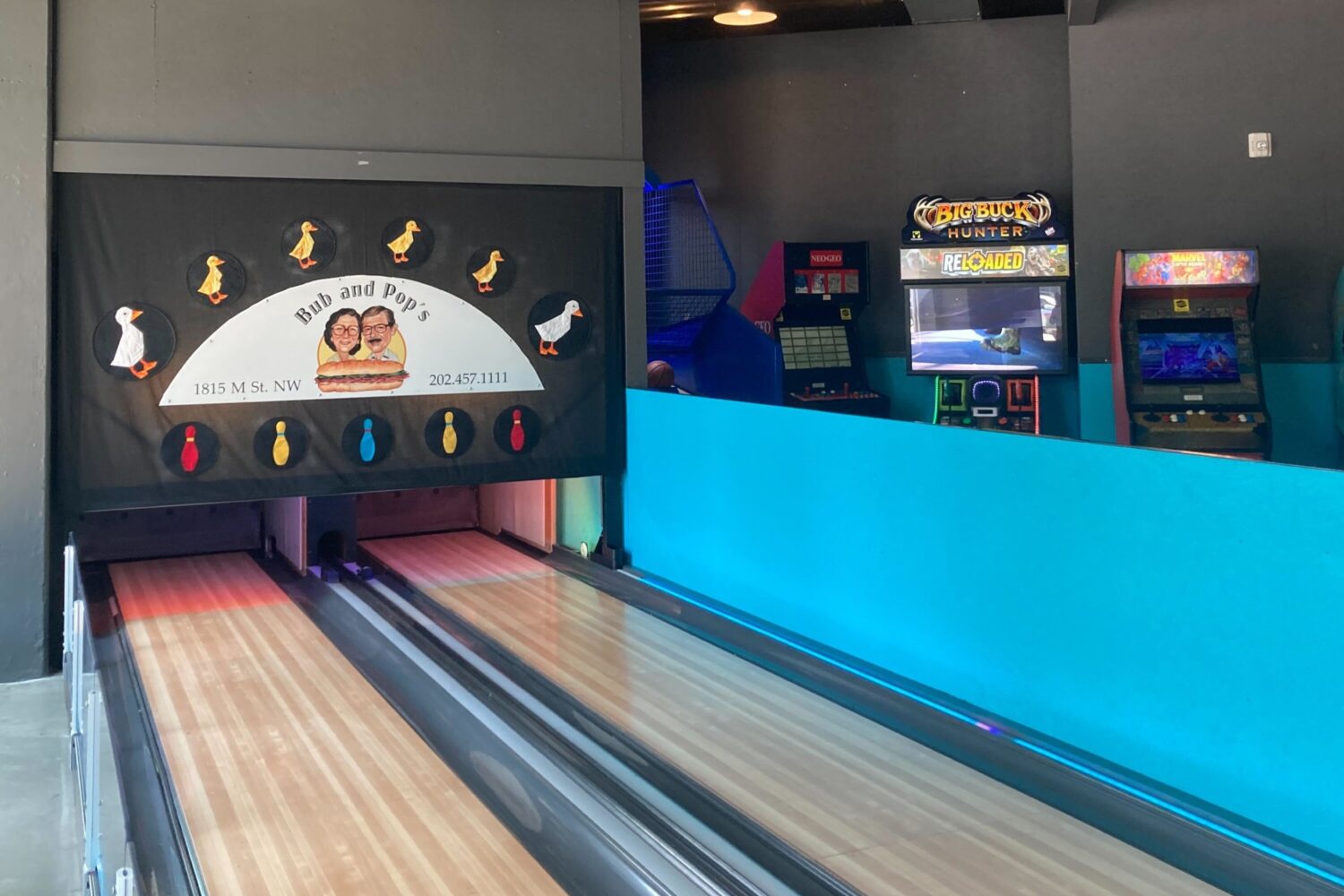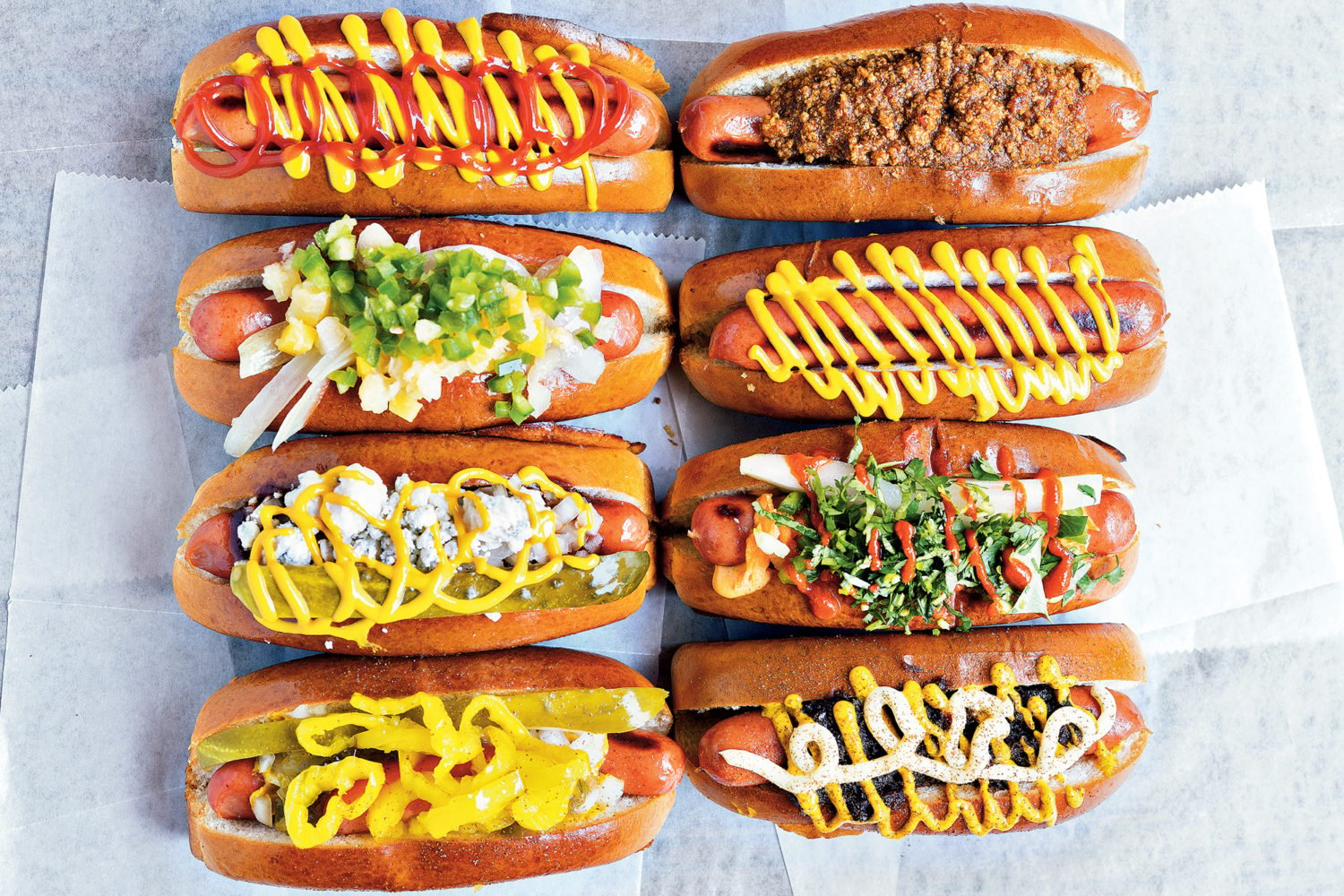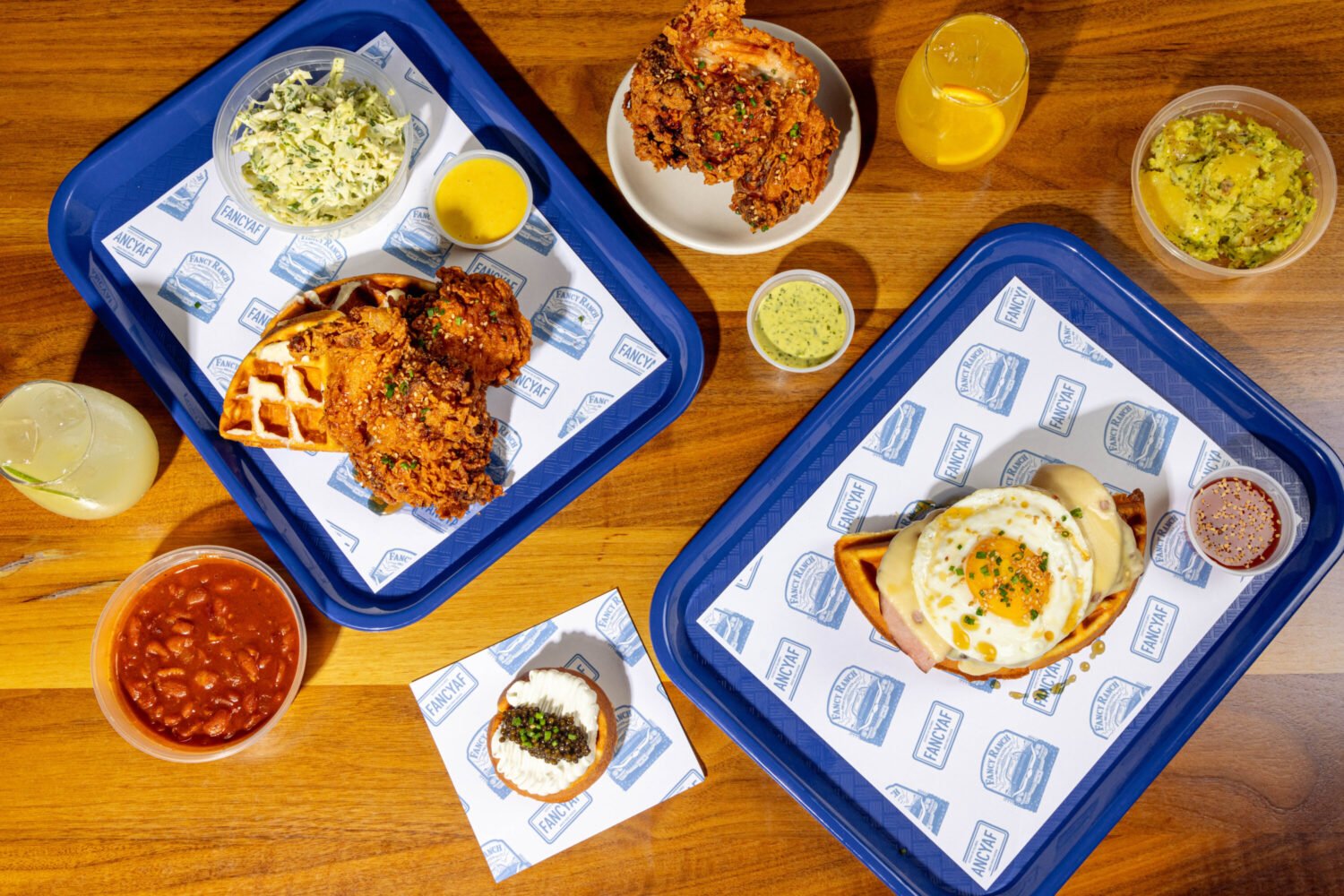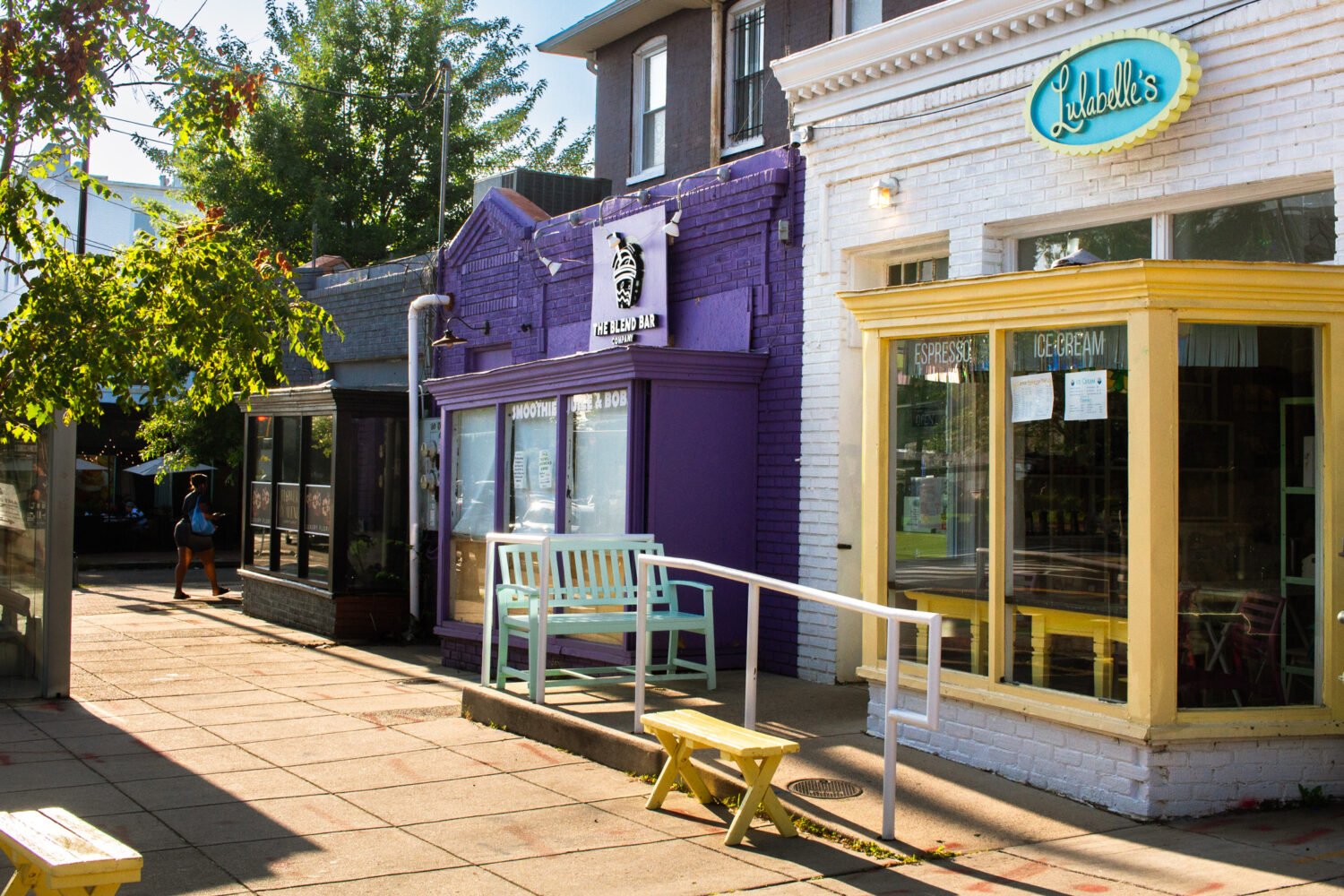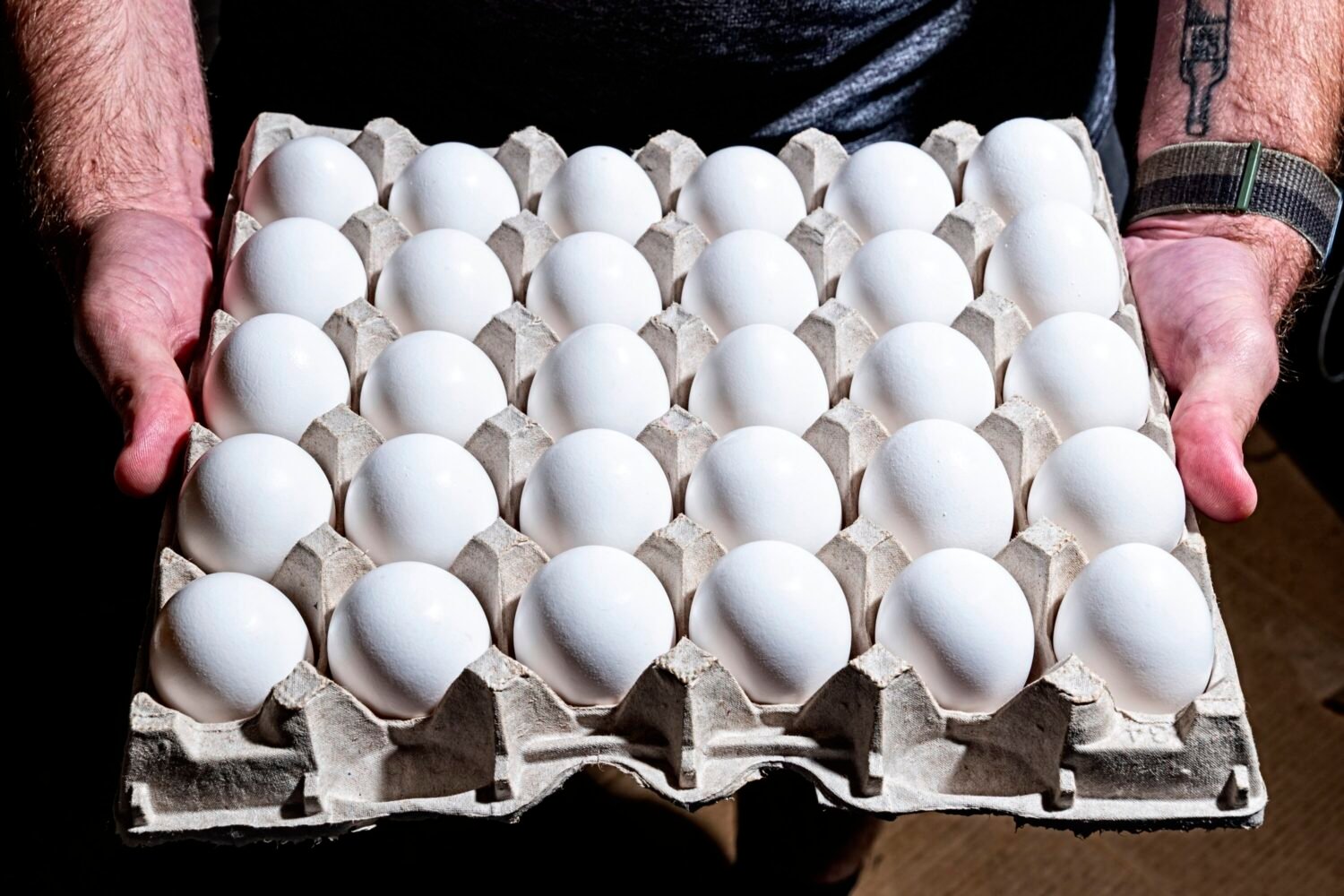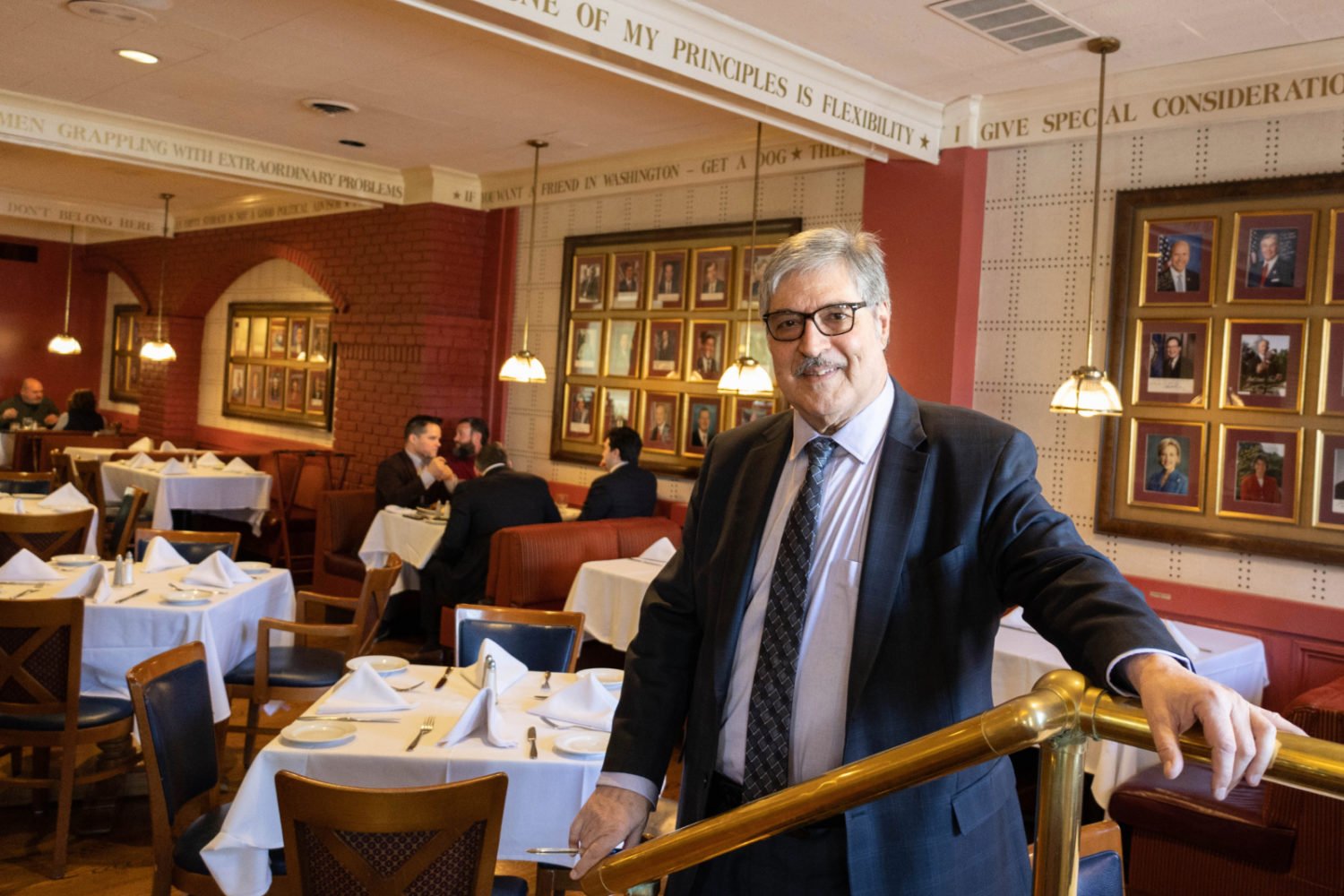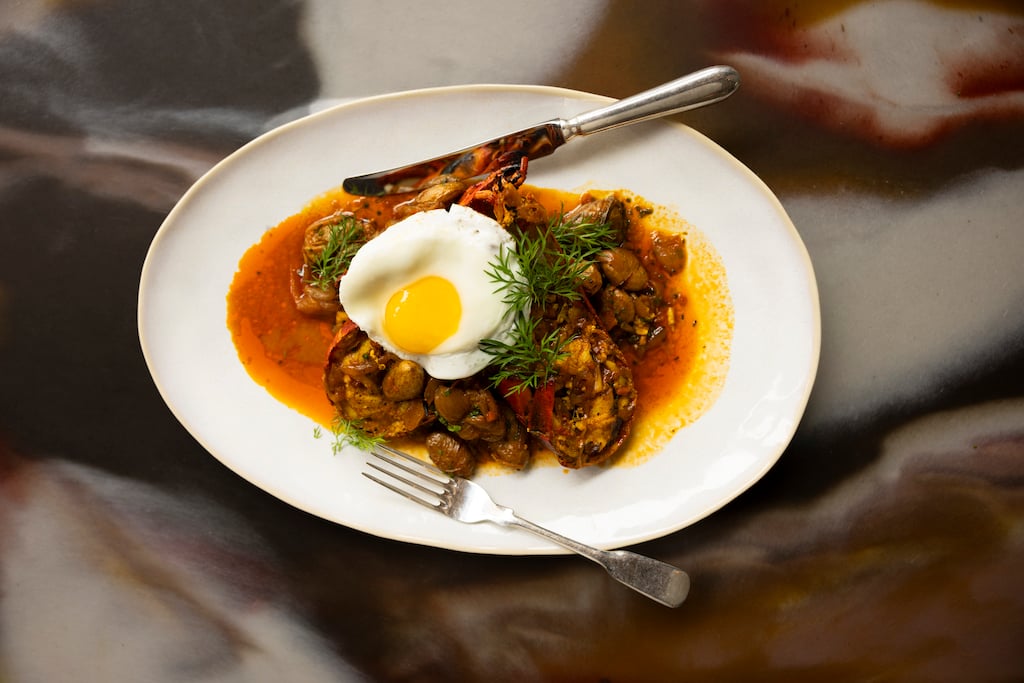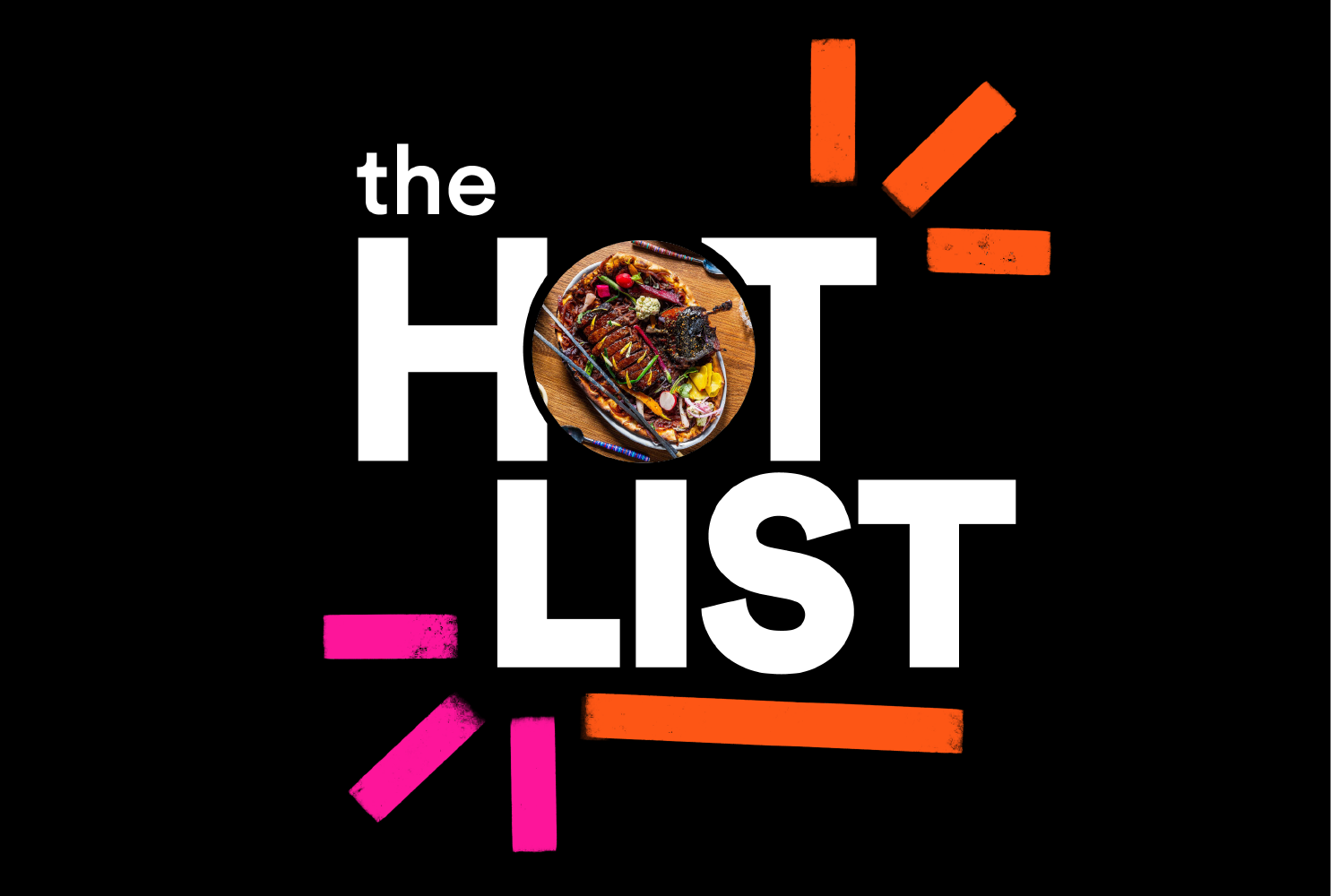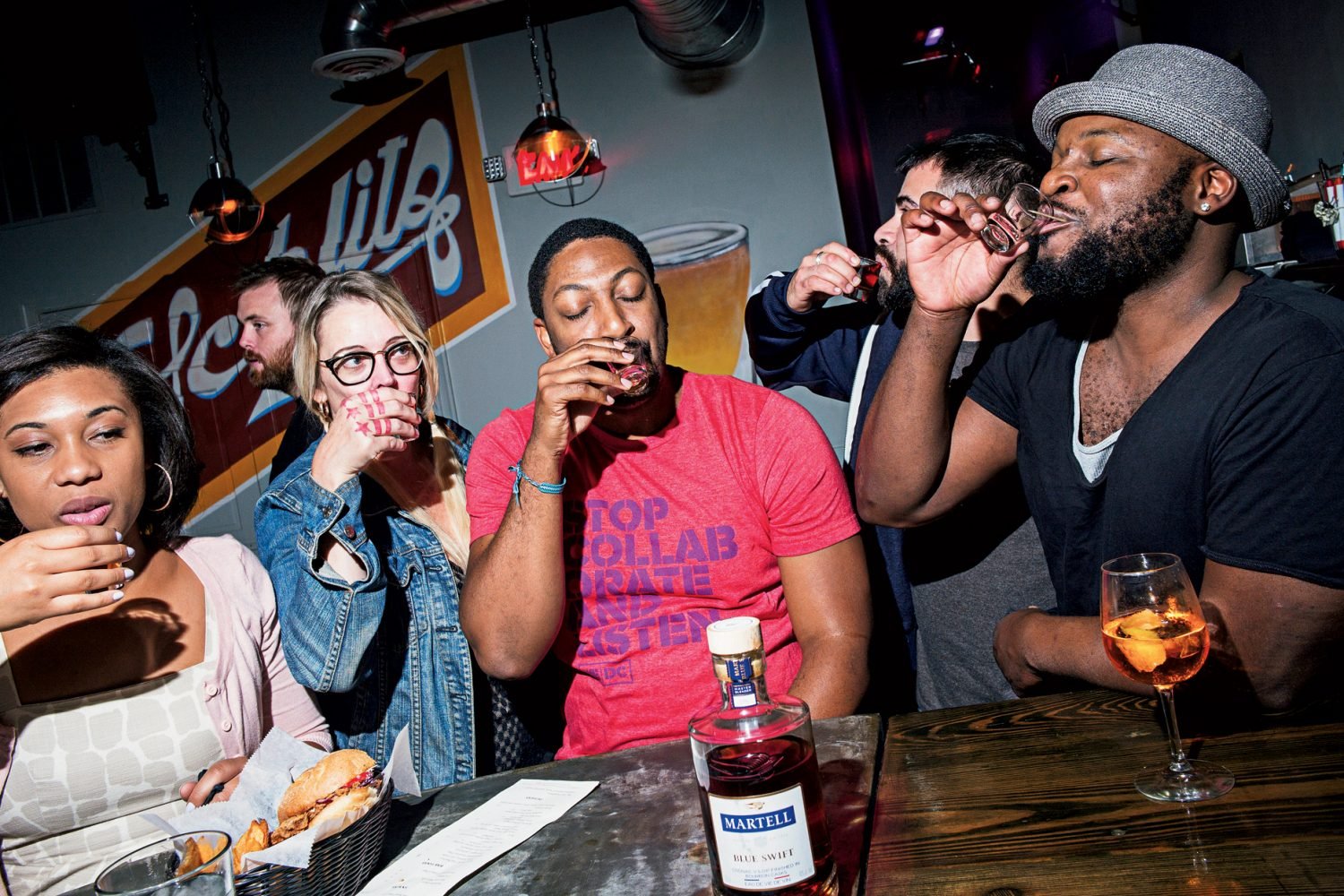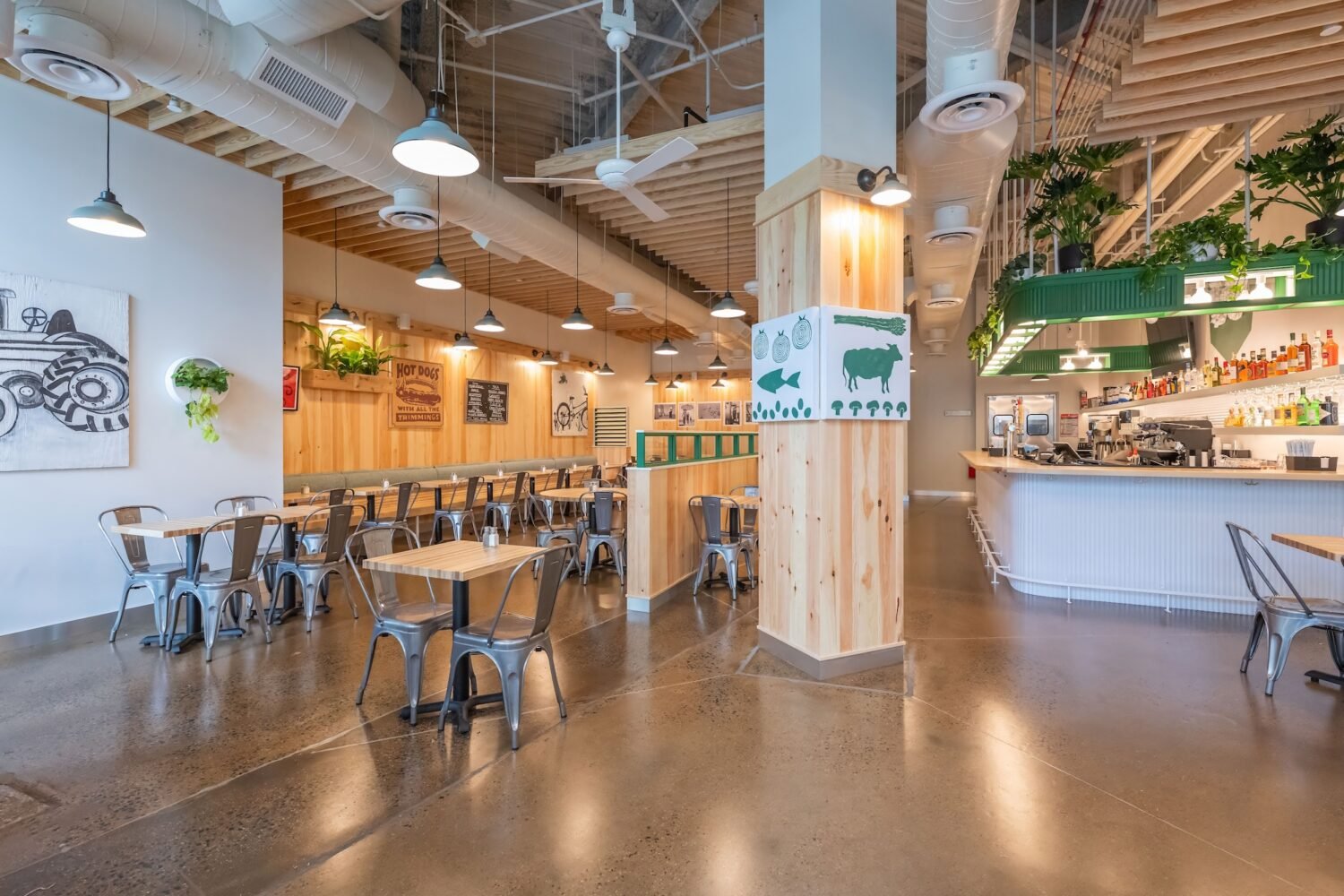The official line is that Washington’s dining scene is thriving. The revered Michelin Guide launched here in October, and two months before, Bon Appétit magazine named DC the top dining city in America. The District’s restaurant-tax revenue increased by more than $41 million from 2011 to 2015. People are still lining up for two hours to eat at hot spots such as Bad Saint and Rose’s Luxury. It’s started to feel normal for two or three restaurants to open every week.
Jeff Black isn’t sure how much longer that can last. In 2015, reps for the Wharf pitched him to open a restaurant in their new Southwest waterfront megadevelopment. Plans for the site—a younger, hipper Georgetown—call for 20-plus restaurants and bars. Black, who owns Pearl Dive Oyster Palace, BlackSalt, and others, won’t be participating. He liked the vision for the project, but one question kept nagging at him: “How are you filling this with all these bodies?”
Black’s concerns go far beyond the Wharf—he thinks Washington hit peak restaurant in 2016. That’s not to say the population isn’t growing. The city has added 100,000 residents over the past 15 years—an average of 128 people a week. Tourism, likewise, is looking good: The number of out-of-town visitors jumped by a million between 2014 and 2015, to 21.3 million.
But from what they’re seeing on the ground, restaurateurs say that even those figures may not be enough to keep up with the ballooning dining scene. It’s harder than ever to keep a restaurant afloat.
“We are definitely on a bubble with all this restaurant growth,” says Mark Bucher, owner of Medium Rare. “The reality is DC hasn’t really added enough population to support all this, which means most [restaurants] are doing a little less.”
The glut of new eateries has also led to a shortage of experienced staff, pushing up labor costs and occasionally compromising the quality of food and service. “Every chef I know in town is looking for a sous chef, a line cook, a front-of-the-house manager, waitstaff,” says Robert Wiedmaier, who is looking to hire at all of his restaurants, including Marcel’s, Brasserie Beck, and Mussel Bar & Grille. “It’s mind-blowing.”
Over the past two to three years, competition has bumped annual restaurant salaries up by an average of $10,000, says restaurant recruiter Chris Floyd. Whereas $45,000 used to be the baseline salary for a sous chef—one of the toughest positions to fill—now it’s $55,000. Meanwhile, DC’s minimum wage, recently upped to $11.50, is on track to hit $15 by 2020. While all this is great for job seekers, it can put smaller independent restaurants and mom-and-pop shops at a disadvantage.
Rents are also higher. Most restaurants pay $50 to $60 per square foot, up from $40 to $50 over the past decade, says restaurant real-estate broker John Asadoorian, who has repped the likes of Le Diplomate’s Stephen Starr and Fiola Mare’s Fabio Trabocchi. “A lot of owners and brokers think that because there’s a lot of people looking for space and the guy across the street got a high rent, then I should get a high rent,” Asadoorian says. “That will contribute to the bubble. . . . Just because there’s demand [for real estate] doesn’t mean the perception is correct that the market is strong.”
According to Asadoorian, a lot of groups keep adding restaurants not because of demand but because they want more eyeballs on their brands or are trying to remain relevant. Meanwhile, investors continue to supply the funds to do it, often because they’re driven by the perceived glamour of the industry, not just by their returns. Which means they might not pull back from a bubble situation, as they would in other industries.
“The brand players, like the Mike Isabellas and the José Andréses and the Wolfgang Pucks, they’ll open restaurants as long as they can find space and somebody willing to pay for their celebrity,” Asadoorian says.
What this means on a night-to-night basis, some restaurateurs say, is that the places drawing crowds are often doing so at the expense of others. Wiedmaier notes that Brasserie Beck used to pack 400 or 500 people a night. Then nearby Penn Quarter exploded with dining options. Then CityCenterDC. Then Shaw. Now the restaurant is more likely to serve 300 customers a night. “The pie’s only so big,” Wiedmaier says. “The more options you have, every restaurant is going to do less.”
Chef Jeff Tunks of Passion Food Hospitality likewise says the scene’s cannibalization is a big reason for his three closures downtown (TenPenh, DC Coast, Ceiba) and one in Clarendon (Fuego Cocina y Tequileria) over the past five years. Tunks and his business partners are no longer looking to open more restaurants in DC “unless it’s a sweetheart of a deal.” Instead, they’re focusing more on the suburbs—such as Tysons, where they’re reopening TenPenh.
More than 100 restaurants closed in Washington in 2015, according to Eater. It didn’t used to be that way. “Go back to the year 2000,” says chef Jeff Buben, who shuttered his 24-year-old restaurant, Vidalia, in December. “When a restaurant closed, it was national f—ing news. It was like, ‘Oh, my God—the sky’s falling.’ ”
Black, for his part, anticipates a shakeout this winter. January through March tend to be the slowest months for restaurants. If they didn’t build up enough reserves through the holidays, they’re likely not going to survive very long.
Or perhaps it’s less of a market correction we’re in for than a new normal. Operating a restaurant will be more perilous than before, but the competition will bolster Washington’s budding reputation as a great food town. High rents, after all, have pushed innovative restaurants into once-sleepy neighborhoods and the suburbs. What’s more, the profusion of eating and drinking options has forced chefs to step up their game and offer something new to stand out and survive.
“We’re in a bubble, but it’s not going to burst,” says Asadoorian. “It’s going to deflate and inflate. It’s not going to be circular. It’s going to be this odd shape.”
This article originally appeared in the January 2017 issue of Washingtonian.

